Australia’s reputation often revolves around Sydney’s harbor and Melbourne’s coffee culture, but ask any Aussie where they’d choose to live, and you’ll get some surprising answers. Beyond the tourist brochures and international headlines, there’s a whole collection of cities that locals have quietly fallen in love with for reasons that go far deeper than postcard appeal.
The cities that Australians genuinely prefer to call home offer something the big names often can’t provide: authentic community spirit, reasonable living costs, and that perfect balance between urban convenience and natural beauty. Here are 14 Australian cities that locals choose over the famous ones.
Adelaide
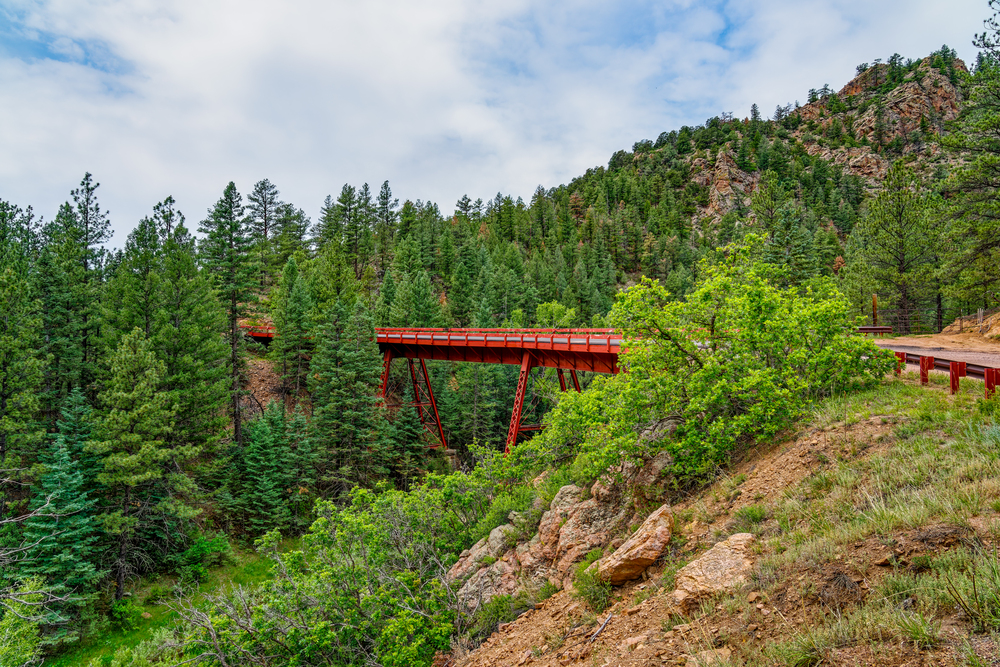
Adelaide punches well above its weight when it comes to livability, and locals know it. The city offers everything you’d want from a major metropolitan area without the crushing traffic or sky-high rent that plagues Sydney and Melbourne. You can drive across the entire city in about 30 minutes, grab a coffee from a world-class roastery, and still have money left over for dinner at one of the incredible restaurants popping up in every neighborhood.
The surrounding hills provide easy weekend escapes, while the beaches are just a quick tram ride away.
Newcastle
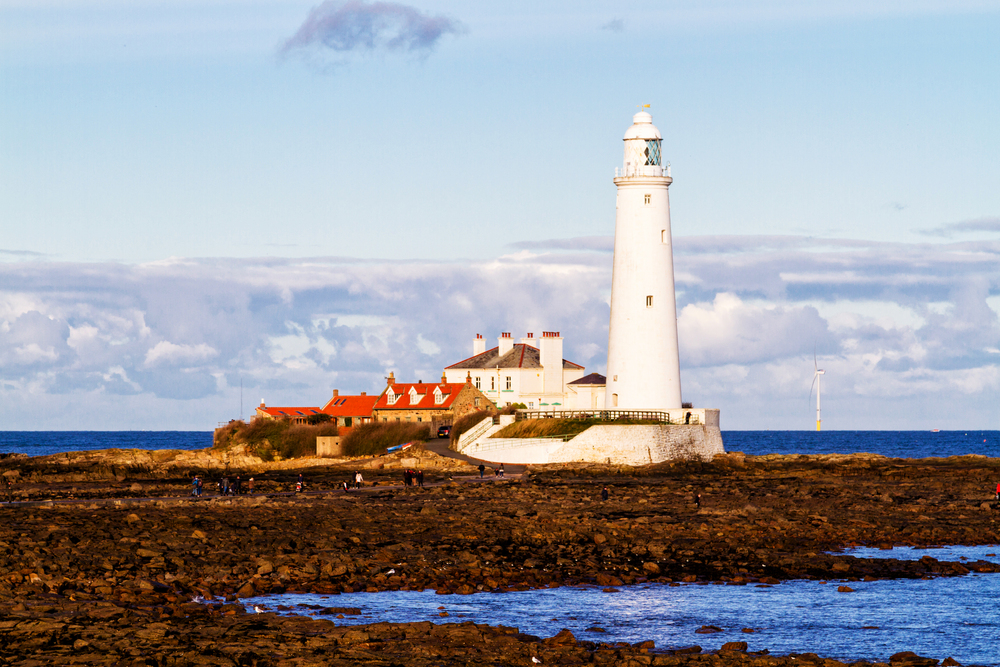
Newcastle has shed its industrial image faster than you can say ‘steel works’, transforming into one of Australia’s most desirable coastal cities. The beaches here rival anything on the Gold Coast, but without the tourist crowds and theme park atmosphere.
Local surfers have been keeping quiet about spots like Merewether Beach for good reason. The city’s compact size means you can walk from the harbor to the beach in 15 minutes, stopping at excellent cafés and breweries along the way that would make Melbourne jealous.
Like Travel Pug’s content? Follow us on MSN.
Hobart

Tasmania’s capital has become the cool younger sibling that everyone wants to hang out with. Hobart perfectly balances urban sophistication with small-town charm, all while being surrounded by some of the most dramatic landscapes in the country.
The Museum of Old and New Art put the city on the cultural map, but locals love it for reasons that go beyond MONA. Fresh seafood costs a fraction of mainland prices, the Saturday markets are legendary, and you can be hiking in pristine wilderness within 20 minutes of leaving your front door.
Wollongong
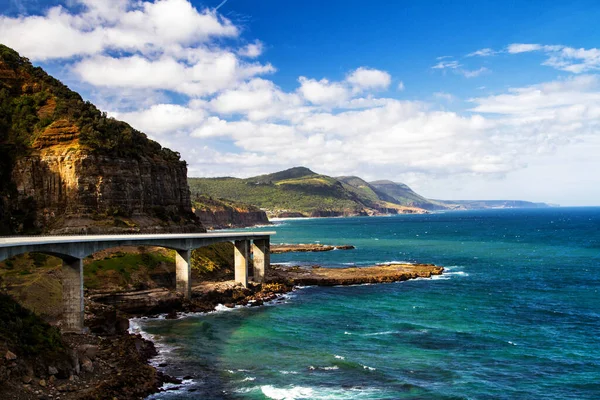
The ‘Gong’ offers something increasingly rare in Australian cities: affordability without compromise. Located just 50 miles south of Sydney, Wollongong gives residents access to world-class beaches, excellent universities, and a thriving arts scene at prices that won’t require selling a kidney.
The escarpment provides a stunning backdrop to daily life, while the beaches consistently rank among the country’s best. Local families can actually afford to buy homes here, something that’s becoming impossible in the major capitals.
Geelong
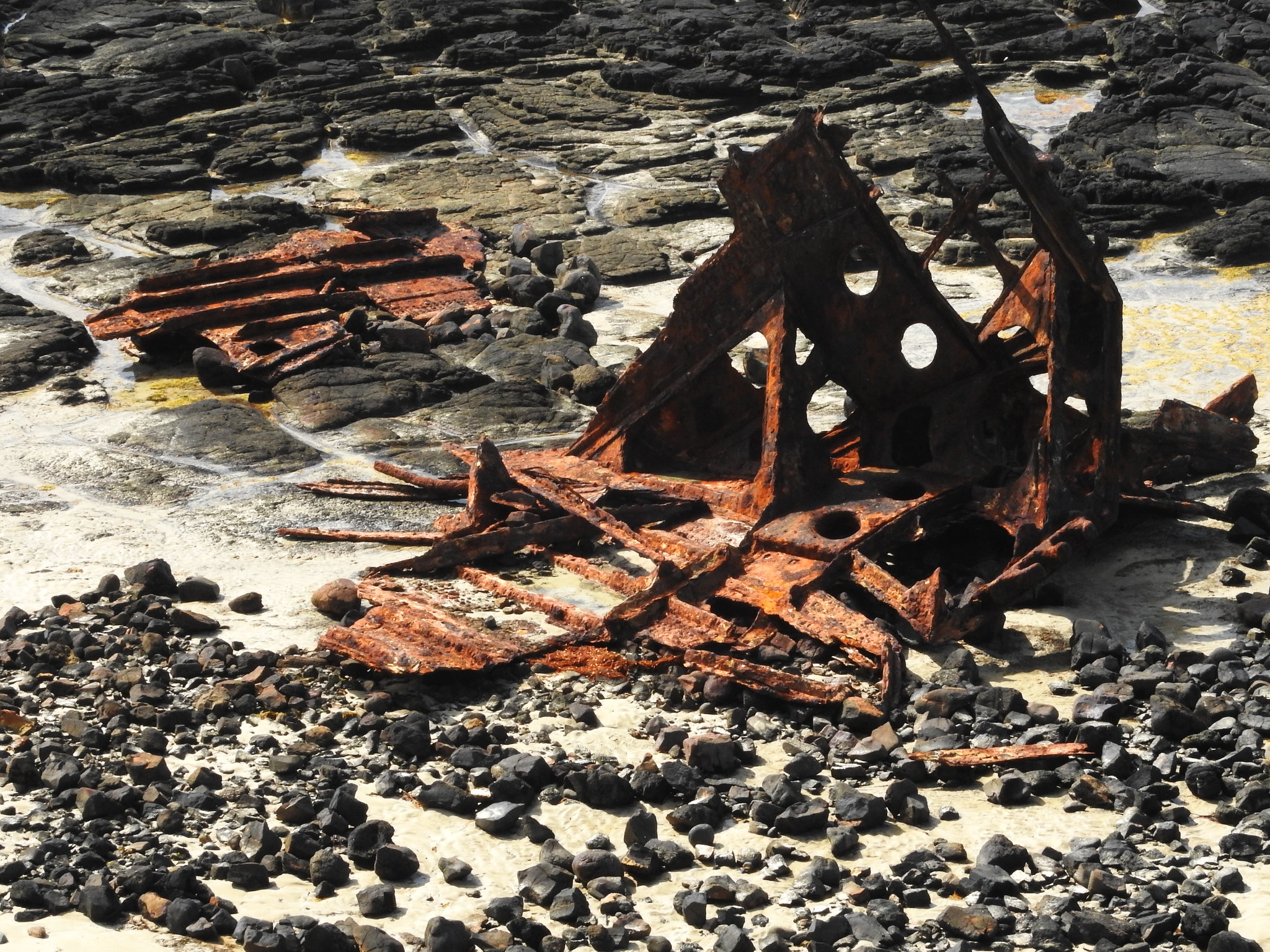
Geelong has quietly evolved from a manufacturing hub into one of Victoria’s most livable cities. The waterfront transformation alone is worth the move, with walking and cycling paths that stretch for miles along Corio Bay. House prices remain reasonable compared to Melbourne, which is just an hour away by train.
The local food scene has exploded in recent years, with restaurants and cafés that rival anything in the bigger cities. Surf beaches are a 20-minute drive away, making it perfect for those who want coastal access without paying coastal prices.
Like Travel Pug’s content? Follow us on MSN.
Cairns
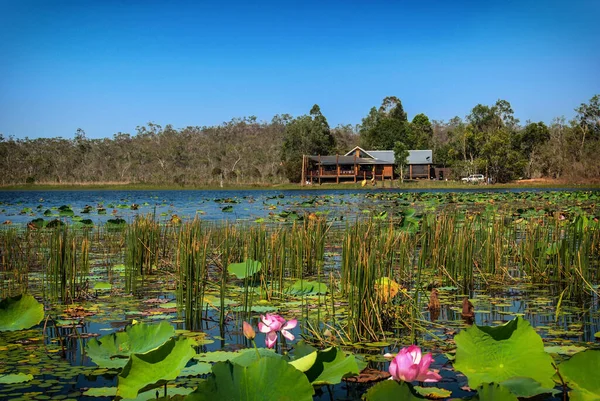
Cairns offers tropical living without the humidity-induced madness that comes with Darwin. The city serves as a gateway to both the Great Barrier Reef and the Daintree Rainforest, making it a paradise for anyone who loves the outdoors. Unlike tourist-heavy destinations, Cairns maintains a genuine local community with reasonable living costs and year-round perfect weather.
The esplanade lagoon provides city-center swimming when the beaches aren’t suitable, and the laid-back atmosphere makes it easy to forget you’re in a city at all.
Ballarat
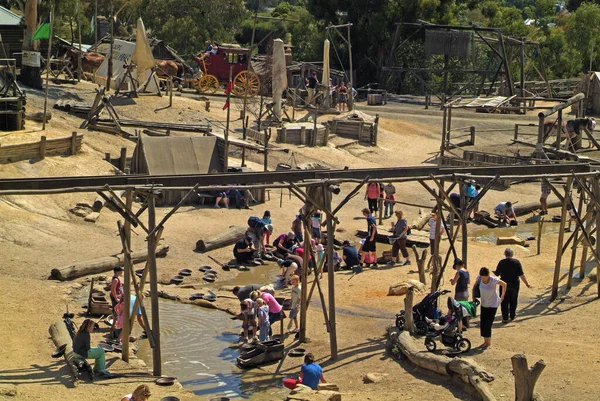
Ballarat proves that inland cities can be just as appealing as coastal ones. The gold rush history gives the city character that modern developments simply can’t replicate, with Victorian architecture that puts Melbourne’s to shame. Living costs are remarkably low, and the commute to Melbourne is entirely doable for those who need big-city jobs.
The local arts scene is thriving, the food culture is surprisingly sophisticated, and the surrounding countryside offers endless exploration opportunities. Winters are crisp rather than brutal, and summers are warm yet bearable.
Bendigo
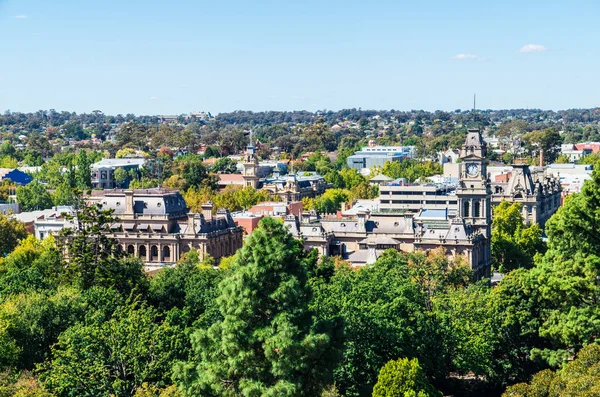
Bendigo combines historical charm with modern amenities in a way that feels effortless. The regional galleries and museums rival anything in the major cities, while the cost of living remains refreshingly reasonable. Local wineries produce world-class drops just minutes from the city center, and the food scene has matured beautifully over the past decade.
The city’s compact size means you can walk or cycle almost everywhere, creating a sense of community that’s been lost in larger centers. Melbourne is close enough for day trips but far enough away to avoid the daily grind.
Like Travel Pug’s content? Follow us on MSN.
Toowoomba
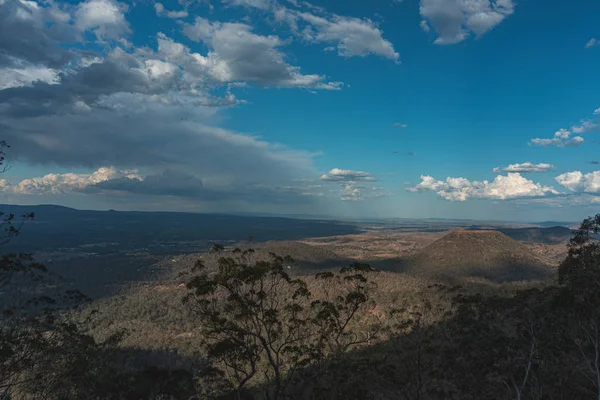
The ‘Garden City’ sits on the Great Dividing Range, providing relief from Queensland’s coastal humidity while maintaining easy access to Brisbane. Toowoomba’s elevation creates a microclimate that’s comfortable year-round, with seasons that feel like seasons.
The city’s agricultural heritage has evolved into a sophisticated food culture, with farm-to-table restaurants that showcase the region’s incredible produce. Housing remains affordable, the traffic is manageable, and the community spirit is strong enough that neighbors still know each other’s names.
Launceston

Launceston offers all the benefits of Hobart with even more small-town charm. The city sits in a valley surrounded by hills, creating a natural amphitheater that’s particularly stunning during autumn. Cataract Gorge provides wilderness experiences within walking distance of the city center, while the local wine regions produce some of Australia’s finest cool-climate wines.
The cost of living is significantly lower than in mainland cities, and the pace of life allows for a work-life balance that’s becoming extinct elsewhere.
Albury

This border city on the NSW-Victoria line offers strategic advantages that locals absolutely love. Residents enjoy the benefits of a well-established regional center while having easy access to both Melbourne and Sydney for weekend trips or business. The Murray River provides recreation opportunities right in town, from swimming and fishing to boating and water sports.
Housing costs are reasonable, employment opportunities are diverse, and the cross-border location creates unique advantages for both lifestyle and career choices. The local food and wine scene has developed significantly, taking advantage of the region’s agricultural abundance.
Like Travel Pug’s content? Follow us on MSN.
Mackay

Mackay combines tropical living with genuine affordability, something that’s increasingly rare in Australian coastal cities. The beaches are spectacular and largely crowd-free, while the hinterland provides access to national parks and rainforest. The local economy is more diverse than typical mining towns, creating stability and opportunity.
Housing costs are a fraction of what you’d pay in major cities, and the community atmosphere is strong. The climate is tropical but not oppressive, with sea breezes providing natural air conditioning most of the year.
Shepparton
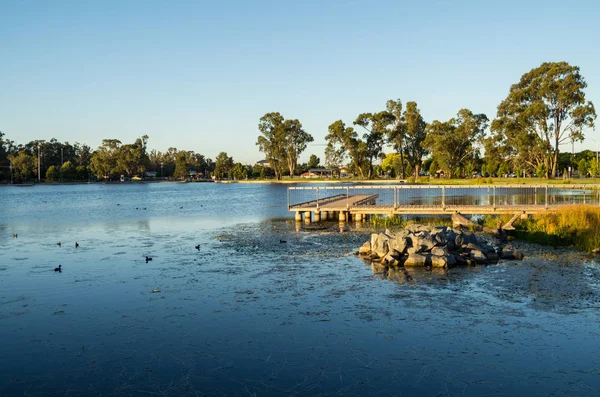
The ‘Fruit Bowl of Australia’ has evolved into much more than its agricultural nickname suggests. Shepparton’s multicultural community creates a food scene that’s surprisingly diverse and sophisticated for a regional center. The cost of living is extremely reasonable, while Melbourne is close enough for occasional visits.
The surrounding orchards and farms provide both employment opportunities and access to incredibly fresh produce. The community spirit is strong, the pace of life is relaxed, and the opportunities for outdoor recreation are endless.
Orange
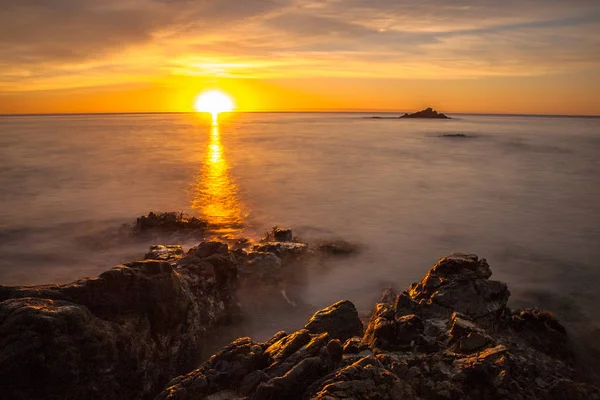
Orange proves that altitude matters when it comes to climate in Australia. Sitting at 3,000 feet above sea level, the city enjoys four distinct seasons with snow in winter and comfortable summers. The local wine industry has put Orange on the map, with cool-climate wines that rival anything from Europe.
The food scene has evolved to match the wine quality, with restaurants that showcase local produce beautifully. Housing remains affordable, the community is welcoming, and the surrounding countryside provides endless opportunities for hiking, cycling, and exploration.
Like Travel Pug’s content? Follow us on MSN.
Where Aussies Really Want to Live
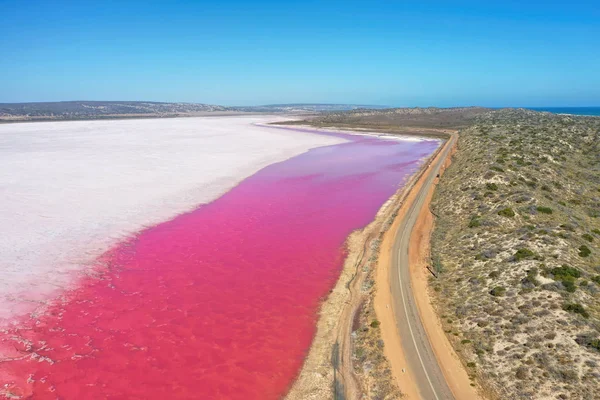
These cities represent what Australians actually value: community, affordability, and quality of life over status and headlines. While Sydney and Melbourne dominate the international conversation, locals are quietly building better lives in places that offer more bang for their buck and stronger connections to both nature and neighbors.
The trend toward these smaller cities isn’t just about escaping big-city problems — it’s about finding places where life feels more balanced and authentic.
More from Travel Pug

- 20 Best Beach Towns in the Carolinas
- 13 Destinations Where Tourists Regularly Regret Their Trip
- 20 Things You Actually Get in First Class
- 20 Small Airports With Aviation Museums
- 20 Places in the U.S. That Are Perfect for a Reset Trip
Like Travel Pug’s content? Follow us on MSN.
